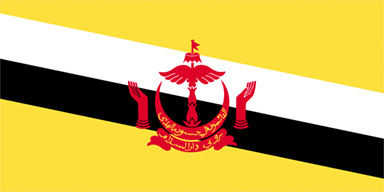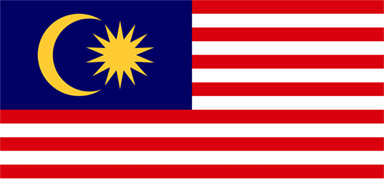
Research: Malaysia 01
Kota Kinabalu, Kuala Lumpur
2015.02.06 - 02.11
The curatorial team visited Kota Kinabalu and Kuala Lumpur during their Malaysia research. Kota Kinabalu is located in the southern area of Borneo Island, the largest island in Southeast Asia and only 200km away from Brunei. There are still a lot of indigenous ethnic groups living in an environment full of nature. Compared to Kota Kinabalu, Kuala Lumpur is a big city where many skyscrapers were built with a population of 1.6million.
-
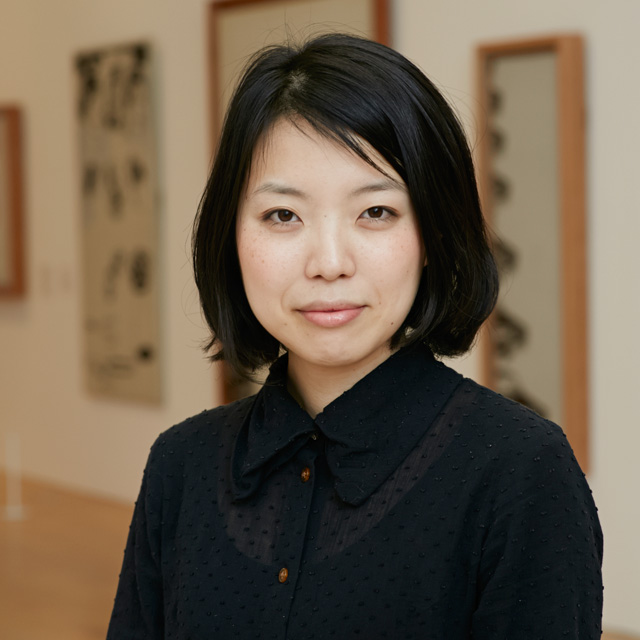 Haruko Kumakura
Haruko Kumakura -
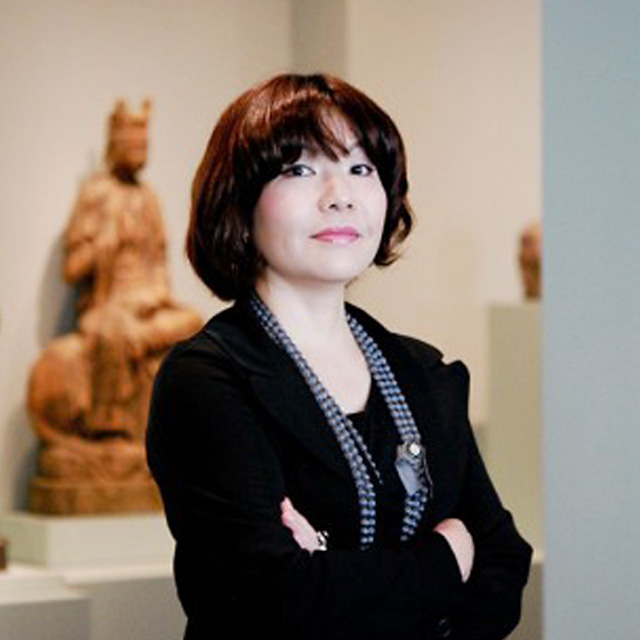 Mami Kataoka
Mami Kataoka -
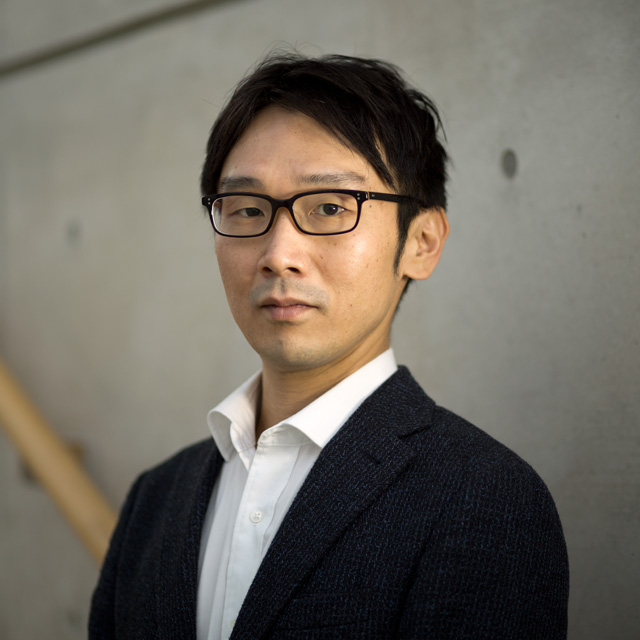 Naoki Yoneda
Naoki Yoneda
Yee I-Lann (1971 –)
2015.02.06
Yee I-Lann was born in 1971 in Kota Kinabalu, Sabah state, Malaysia. She lived in Adelaide, Australia from her high school days through university. She now lives in Kuala Lumpur, although she still spends a few months of the year in Kota Kinabalu. Kuala Lumpur, the capital of Malaysia, is located on the southern side of the Malay Peninsula, while Kota Kinabalu is located on the northern side of the island of Borneo. Although Kota Kinabalu is Malaysia’s second-largest city, Borneo and eastern Malaysia have a relatively weak presence within the national framework of Malaysia as a whole. For this reason, Yee I-Lann is known as an artist who powerfully expresses the identity of Sabah. In 2013, she participated in the Singapore Biennale as a curator. She worked to send out into the world practices that do not fit under the traditional label of “contemporary art,” including the practices of indigenous peoples, textiles, and the punk rock scene.
Sabah Art Gallery
"Being MAPHILINDO"
2015.02.07
The Sabah Art Gallery is an art center that was founded by the state of Sabah in 1984. It is under the jurisdiction of the Sabah Cultural Board. The gallery collection contains 3,000 works, including paintings, sculptures, and crafts by local artists, and it also hosts special exhibitions. Of the exhibitions resulting from the Japan Foundation’s young curators’ workshops, we visited the opening of Harold’s (Harold Reagan Eswar) exhibition. The concept “MAPHILINDO,” also used in the title, was a very inspirational idea for a proposed confederation of Malaysia, the Philippines, and Indonesia: three nations that became independent from the imperial powers after the Second World War. A man named José Rizal (1861-1896) had the dream of uniting the Malay peoples, and Maphilindo was the proposed realization of that dream. The creation of Malaysia in 1963 ended the Maphilindo concept, but this fascinating exhibition explored the idea once again. Participants in residence included those from Sabah and the Philippines, as well as Tsubasa Kato from Japan. He and others worked together with local artists and the community to create good works.
Pangrok Sulap
2015.02.07
Pangrok Sulap is an artist collective based in Ranau, Malaysia. Pangrok refers to “punk rock,” and members are brought together through media like music and woodblock prints. Begun in 2010 as a community project to create art, members searched for a media that they could share with ordinary people, and they eventually chose woodblock printing. They were influenced in this by the Yogyakarta-based woodblock printing community Taring Padi, to which they were introduced by Marginal, an Indonesian group from Jakarta. For the exhibition’s theme, Pangrok Sulap drew out the president’s image and map of an imagined “Maphilindo.” Using mats of a kind used on a daily basis in Malaysia, the Philippines, and Indonesia, woodblock prints were put on display with words representing ideals like “UNITY,” “RELIGION,” “SHARING,” “CULTURE,” and “IDENTITY” on the front, and images representing the current state of society on the back. The map incorporated messages from the younger generations on sharing natural resources, expanding the educational system, and other topics.
Center for Arts and Design
(CAD)
2015.02.07
The Center for Arts and Design (CAD) was founded in 2014 by Suchung Chong. In 2010, Chong returned from studying information systems in Australia and began a photograph printing workshop. Establishing an attached gallery space, CAD aims for high-quality presentation in a form that differs from the young collectives of Sabah who exhibit in places like cafes or their own studios. The Center hosts exhibitions, primarily in Sabah, for Malaysian artists. On the day of our visit, Adrian Ho (1980-) was exhibiting. Ho was a participating artist in Singapore Biennale 2013, and his exhibited work, Mountain of the Gods, portrays the sacred Mount Kinabalu. The work also takes a critical approach to environmental issues. We also met other artists including Awan Fadilah Bin Ali Hussein (1972-), a painter of naïve art; Tuang Young, who creates photographic series based on motifs of indigenous people; and Flanagan Bainon, who photographs the traditions and indigenous peoples of Sabah.
Cracko Art Group (CAG)
2015.02.07
The Cracko Art Group (CAG) is a collective of artists, built around the artist Cracko Blabak, who work in graffiti, street art, tattoos, photography, and comics. CAG is comprised of a core of 10 members and was launched in 2010 by a group of artists who shared a common desire to avoid commercial and tourism-related activities. According to Cracko, “Even in considering one’s own identity, many different ethnicities and religions are intertwined such as China, Dusun, and Kalimantan. Western Malaysia typically includes Chinese, Malay, and Indian classifications, but Borneo has a more complex cultural context.” It also seemed like he found it significant that these statements come out of Sabah and Kota Kinabalu, and social media like Facebook are rapidly expanding such possibilities. Social media has enabled those in Sabah to connect directly with the rest of the world, without passing through the capital of Kuala Lumpur. This group seemed to be overflowing with energy and hope for the future.
Rumah Air Panas
2015.02.08
Rumah Air Panas which literally means “House of Hot Water” started as an independent art space located in Air Panas, Setapak, an area well known for its hot springs. Functioning as an artist studio and venue, the space ran from 1997 to 2006 and now RAP continues as a nomadic artist collective. Individual members continuously produce art while they also handle the management of the space that supports their activities. Among the members is Chuah Chong Yong (1972-), who participated in the 2nd Fukuoka Asian Art Triennale (2002). Another member, artist Yap Sau Bin (1974-), says that the group endeavors to create a platform for raising social and political issues through its hosting of exhibitions and talks. Of special note is that the group upholds community and social participation as one of its primary guiding principles, and it is very consciously involved in socially engaged art conducted outside the gallery, which is treated like an educational program.
HOM Art Trans
2015.02.09
HOM Art Trans is an independent art space that aims to support the development of visual art in Malaysia and to build a network of artists in the countries of Southeast Asia. Bayu Utomo Radjikin (1969-) currently serves as director of the space, which serves as a gallery, studio, and archive. In 1989, Utomo Radjikin formed the artist collective Matahati with friends from Universiti Teknologi MARA (The group dissolved in 2012). This HOM Art Trans space was created around Matahari in 2007, Mr. Utomo Radjikin explains, and it arose from concern that emerging artists had too few opportunities in the 1990s to present their work. The group’s residency program works to actively extend invitations to artists inside and outside the country, while also offering awards like the Malaysia Emerging Artist Award and Young Guns, thereby playing an important role in stimulating the art scene as a whole.
Five Arts Centre
2015.02.09
The Five Arts Centre is a company and an artist-producer collective founded in 1984 by playwright Chin San Sooi, playwright Krishen Jit (2005-), and dancer and choreographer Marion D'Cruz. After various changes in membership, the company is now comprised of fourteen members, but of the founding members only D’Cruz remains. According to her, language is an inseparable part of the performing arts, but when the company was first founded, the only English-language plays performed in the multilingual country of Malaysia were the classics. Hence, one of the tasks facing the group was to actively promote original dramatic works written in Malay. The collective’s engagements include theater, dance, music, visual arts, and children’s theater.
Wong Hoy Cheong (1960 –)
2015.02.09
Born on Penang Island in 1960, Wong Hoy Cheong is one of the most politically aware artist living in Kuala Lumpur who explores the colonial history of Malaysia and the social and political issues of modern Malaysia. However, in recent years Wong has distanced himself from visual art and pursues archival work, about which there was once little awareness in Malaysia. While doing this work, Wong became interested in the degree to which he could help political issues penetrate into the community, and in recent projects he has aimed to use political issues as a barometer for art and culture. For example, in a recent project, "Rage, Hope & Love: Working with Communities & Housing," Wong appeals in a variety of ways to those living in dilapidated housing complexes, attempting to improve and rejuvenate their lives. More than just symbolic, these community projects are a policy for Wong, he says, suggesting that art might therefore be a symbolic action from the perspective of society.
National Visual Arts Gallery
(NVAG)
2015.02.09
Opened in 1958, the National Visual Arts Gallery (NVAG) is located in northern Kuala Lumpur. It is one of the most influential and historic art institutions in Malaysia. Although built around Malaysian artists, it also contains works of foreign artists from Asia, Europe, Africa, South America, and elsewhere. NVAG not only displays art but sells these works as well, and through this it believes that it can help stimulate artistic activity in Malaysia. As part of this effort, in 1974 NVAG established the Young Contemporaries Award to recognize artists between the ages of twenty and forty who are selected from nominations submitted by the public. Most of the artists who were selected through this strict process today enjoy firmly established reputations both in Malaysia and internationally.
Special Thanks
Adam Kitingan
Adrian Ho
Cracko Art Group
Anurendra Jegadiva
Awang Fadiah Bin Ali Hussein
Bayu Utomo Radjikin
Beverly Yong
Chang Yoong Chia
Choong Kam Kow
Cracko Blabak
Eleanor Goroh
Flanegan Baimon
Harold Eagan
Ise (Roslisham Ismail)
Marion D'Cruz
Phuan Thai Meng
Poodien
Rachel Ng
Shooshie Sulaiman
Su Chung Chong
Tan Hui Koon
Tuang Young
Wong Hoy Cheong
Yap Sau Bin
Yee I-Lann
Research
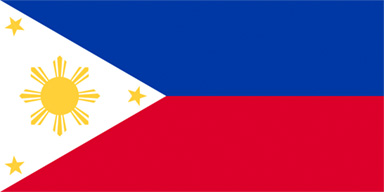
- The Philippines
- (2015.01.08 - 01.11)

- Malaysia
- (2016.09.27 - 09.28)
- (2015.02.06 - 02.11)
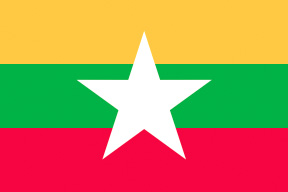
- Myanmar
- (2015.10.24 - 10.29)
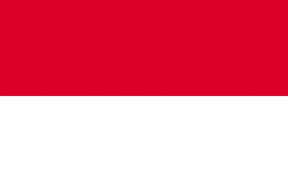
- Indonesia
- (2015.11.13 - 11.23)
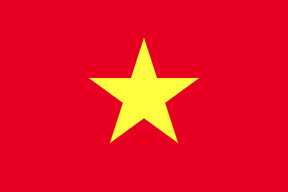
- Vietnam
- (2015.12.13 - 12.20)
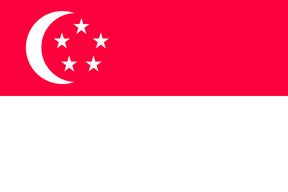
- Singapore
- (2016.11.08 - 11.11)
- (2016.01.21 - 01.23)
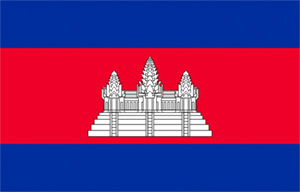
- Cambodia
- (2016.01.24 - 01.26)
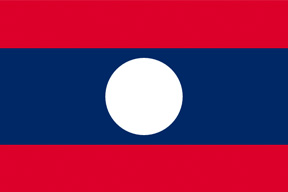
- Laos
- (2016.01.27 - 01.28)
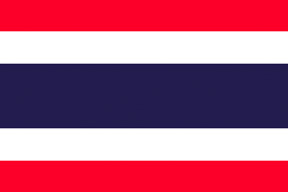
- Thai
- (2016.05.06 - 05.13)
